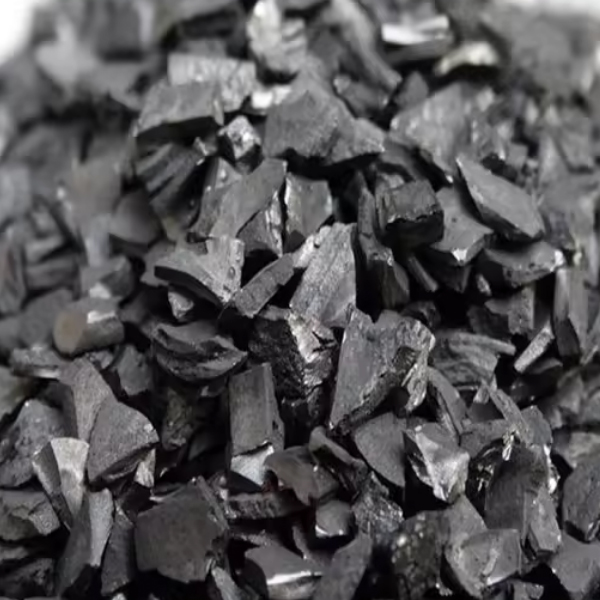Activated carbon as electrode material
Activated carbon materials are mainly used as electrode materials in batteries. Due to their high specific surface area, they can provide more active sites for catalytic reactions, thereby improving the performance of batteries. Currently, activated carbon materials are used in lithium-ion batteries, nickel hydroxide batteries, supercapacitors and other fields.

Research on the application of activated carbon in lithium-ion batteries
In lithium-ion batteries, activated carbon materials are mainly used as negative electrode materials. Studies have shown that activated carbon materials can increase the specific capacity and cycle life of batteries. In addition, activated carbon materials can also reduce the cost of batteries and improve their safety performance.
Application of activated carbon in lithium-sulfur batteries
Coconut shell activated carbon has high specific surface area and high porosity. The pore structure can be adjusted by different preparation methods. Lithium battery cathode materials can be prepared by filling sulfur micropores with sulfur, which has good electrochemical performance and cycle stability. Due to the high porosity of coconut shell activated carbon, it can be used to load as much sulfur as possible, which is beneficial to improve the energy storage density of lithium batteries. At the same time, the abundant microporous activated carbon in coconut shell has a strong adsorption capacity, which delays the diffusion of polysulfides out of the pores, thereby inhibiting the shuttling effect of polysulfides and improving the coulomb efficiency and cycle stability of the battery.
Application of Activated Carbon in Lithium Ion Capacitors
The most common crop waste material was transformed into activated carbon (AC) through a simple chemical activation process. Furthermore, high energy density lithium ion capacitors (LIC) were fabricated using activated carbon as cathode and commercially available Li4Ti5O12 as anode. The optimized LIC achieved a maximum energy density of 79.6Whkg-1 and was also able to deliver a high power density of 4kWkg-1, which is much higher than other similar structures with activated carbon as cathode. Moreover, the activated carbon-based LIC showed great cycling performance, retaining 85.2% of the initial capacitance value after 2000 cycles. This study provides a new approach to develop high-performance LIC using biomass precursor carbonaceous electrodes.
In summary, the application of activated carbon in lithium-ion batteries is mainly concentrated as an electrode material, especially in the negative electrode material, which can increase the specific capacity and cycle life of the battery, reduce costs and improve safety.



